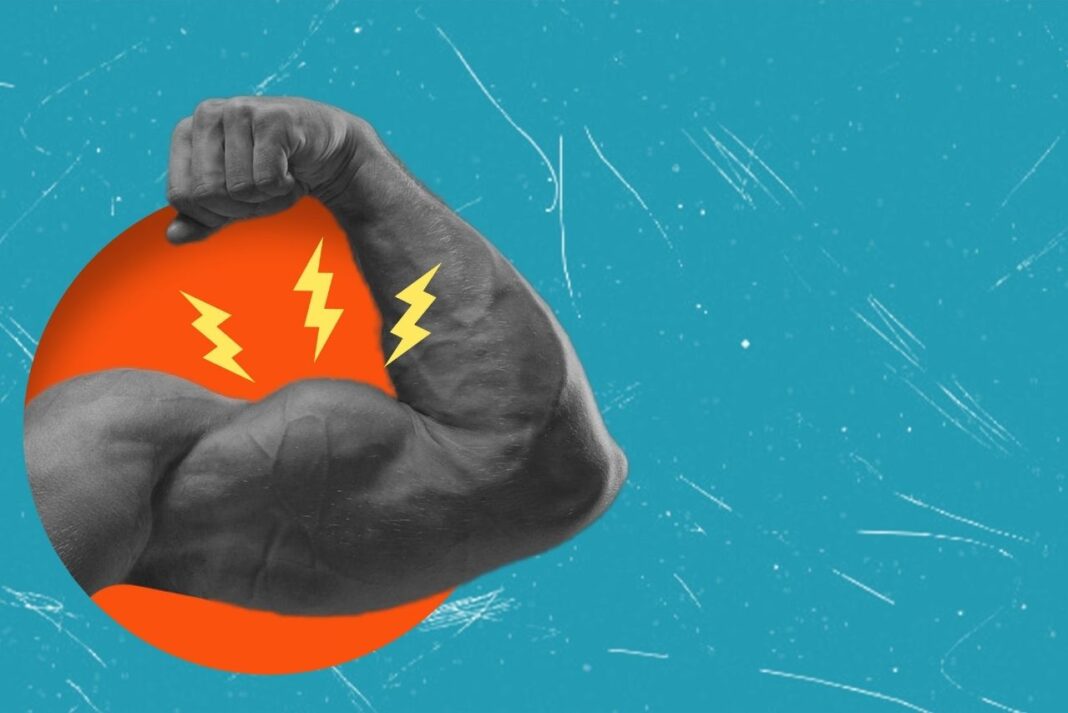Muscle dysmorphia, a lesser-known variant of body dysmorphic disorder, poses considerable clinical challenges due to its subtle presentation and deeply disruptive impact on individuals’ lives. Characterized by an obsessive preoccupation with perceived inadequate muscularity despite often well-developed physiques this disorder frequently remains undetected, especially in fitness centers and bodybuilding environments. Its clinical recognition and treatment are further complicated by overlapping symptoms with other psychological conditions.
Epidemiological Insights and Demographic Patterns
Muscle dysmorphia affects a substantial yet frequently underestimated segment of the population, particularly among those engaged in regular physical training. While traditionally associated with males, emerging research highlights its prevalence among females as well reshaping existing paradigms and challenging gender-based assumptions.
Pathophysiological Underpinnings and Contributory Mechanisms
The development of muscle dysmorphia is influenced by a complex interplay of genetic, psychological, and environmental factors. Genetic predispositions linked to body dysmorphic disorder suggest a hereditary component, while hormonal influences particularly testosterone contribute to distorted body image perceptions. Psychologically, traits such as perfectionism and neuroticism heighten vulnerability. Societally, media portrayals that idolize an idealized muscular physique exacerbate body image dissatisfaction, fueling progression toward the disorder.
Diagnostic Dilemmas and Clinical Manifestations
Muscle dysmorphia is clinically characterized by excessive weight training, rigid dietary patterns, and often, the misuse of supplements and anabolic steroids. Although the DSM-5 categorizes it under body dysmorphic disorder, symptom overlap with conditions like anorexia nervosa and obsessive-compulsive disorder complicates differential diagnosis.
Therapeutic Strategies and Management
Effective treatment requires an integrative and multidisciplinary approach. Cognitive-behavioral therapy (CBT) remains the primary intervention, targeting distorted body image and maladaptive behaviors. Pharmacological treatments particularly selective serotonin reuptake inhibitors (SSRIs) can help address co-occurring symptoms such as anxiety and depression. Additionally, nutritional counseling is essential to counteract the harmful dietary behaviors common in affected individuals.
Preventative Measures and Enhancing Awareness
Healthcare professionals play a crucial role in early identification, referral, and intervention. Specialized training on muscle dysmorphia enhances diagnostic accuracy and patient outcomes. Educators can contribute by incorporating body image and mental health education into school curricula, fostering environments where students feel safe discussing body-related concerns. Meanwhile, the media can serve as a powerful ally by promoting body diversity, challenging harmful stereotypes, and disseminating accurate information about the risks associated with extreme muscularity pursuits.
Successful Approaches from Related Disorders
Programs that have proven effective in addressing other body image disorders can be adapted for muscle dysmorphia:
- Public Awareness Campaigns: Personal recovery stories and education about the physical and psychological toll of muscle dysmorphia can help reduce stigma and encourage help-seeking.
- School-Based Interventions: Programs promoting self-esteem, body acceptance, and critical media literacy have demonstrated success in preventing eating disorders and may be tailored to address muscularity-related pressures.
- Online Platforms and Peer Networks: Digital tools such as support forums, informational websites, and mobile apps can expand access to resources and provide community support.
- Professional Development Initiatives: Continuing education workshops for professionals in healthcare, education, and fitness industries can enhance their ability to recognize, respond to, and refer individuals affected by muscle dysmorphia.
Tackling muscle dysmorphia requires collaborative efforts across medical, educational, and media sectors. By fostering a cultural shift that prioritizes mental health and holistic well-being over appearance, society can play a pivotal role in prevention and recovery.
Conclusion
Muscle dysmorphia demands heightened clinical attention and broad societal awareness. Advancing our understanding, improving access to treatment, and addressing cultural contributors to body image dissatisfaction are essential to supporting those affected. Through a concerted integration of clinical expertise and societal reform, we can illuminate the often-overlooked struggles of muscle dysmorphia and pave the way for meaningful recovery.
References
- American Psychiatric Association. (2013). Diagnostic and statistical manual of mental disorders (5th ed.). American Psychiatric Publishing.
- Bratland-Sanda, S., & Sundgot-Borgen, J. (2012). Eating disorders in athletes: Overview of prevalence, risk factors and recommendations for prevention and treatment. European Journal of Sport Science, 12(5), 499-508.
- Cafri, G., Thompson, J.K., Ricciardelli, L., McCabe, M., Smolak, L., & Yesalis, C. (2005). Pursuit of the muscular ideal: Physical and psychological consequences and putative risk factors. Clinical Psychology Review, 25(2), 215-239.
- Grieve, F. G. (2007). A conceptual model of factors contributing to the development of muscle dysmorphia. Eating Disorders, 15(1), 63-80.
- Hitzeroth, V.Wessels, C., Zungu-Dirwayi, N., Oosthuizen, P., & Stein, D. J. (2001). Muscle dysmorphia: A South African sample. Psychiatry and Clinical Neurosciences, 55(5), 521-523.
- Murray, S. B., Rieger, E., Hildebrandt, T., Karlov, L., Russell, J., Boon, E., … & Touyz, S. W. (2012). A comparison of eating, exercise, shape, and weight related symptomatology in males with muscle dysmorphia to males with anorexia nervosa. Body Image, 9(2), 193-200.
- Olivardia, R., Pope, H. G., & Hudson, J. I. (2000). Muscle dysmorphia in male weightlifters: A case-control study. American Journal of Psychiatry, 157(8), 1291-1296.
- Phillips, K. A. (2005). The broken mirror: Understanding and treating body dysmorphic disorder. Oxford University Press.
- Pope, H. G., Jr., Gruber, A. J., Choi, P., Olivardia, R., & Phillips, K. A. (1997). Muscle dysmorphia. An underrecognized form of body dysmorphic disorder. Psychosomatics, 38(6), 548-557.
- Pope, H. G., Phillips, K. A., & Olivardia, R. (2000). The Adonis complex: The secret crisis of male body image obsession. Free Press.



